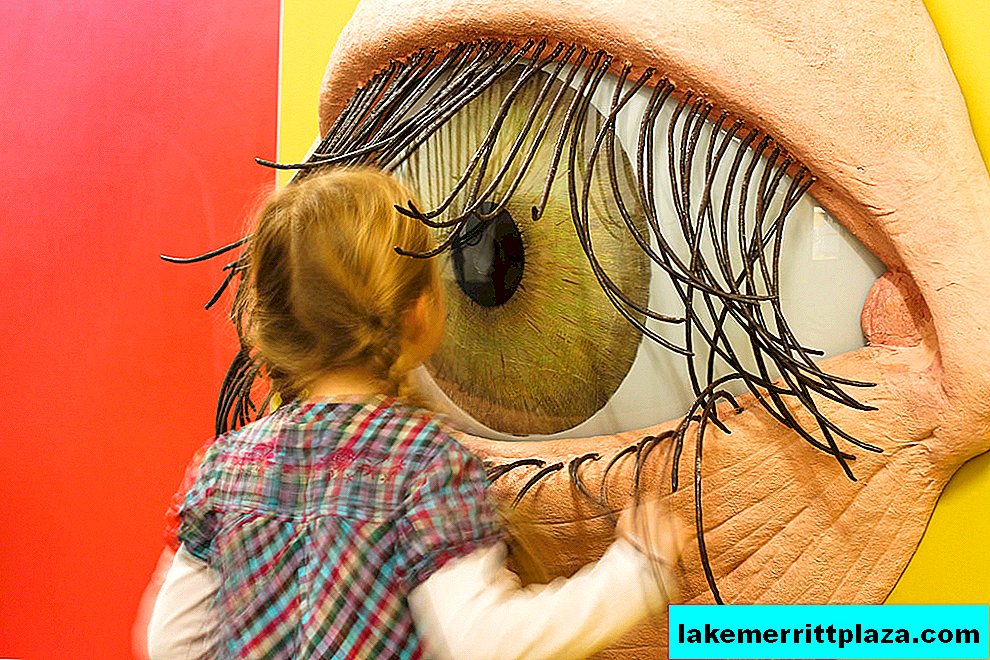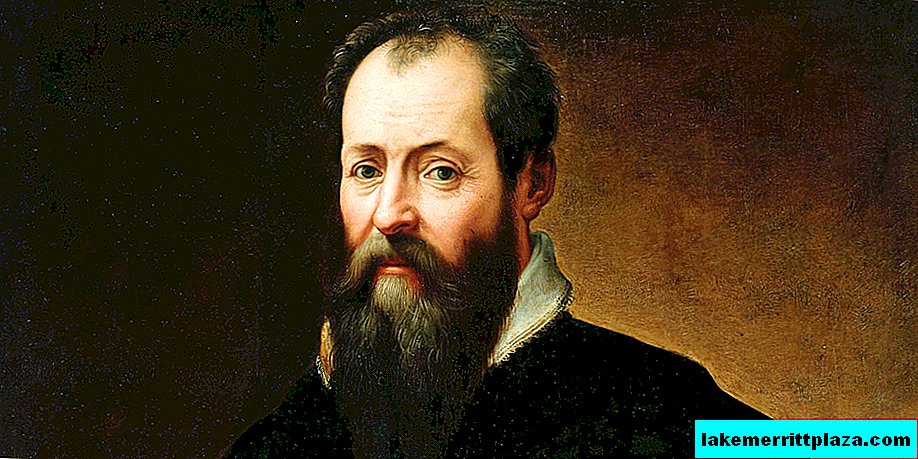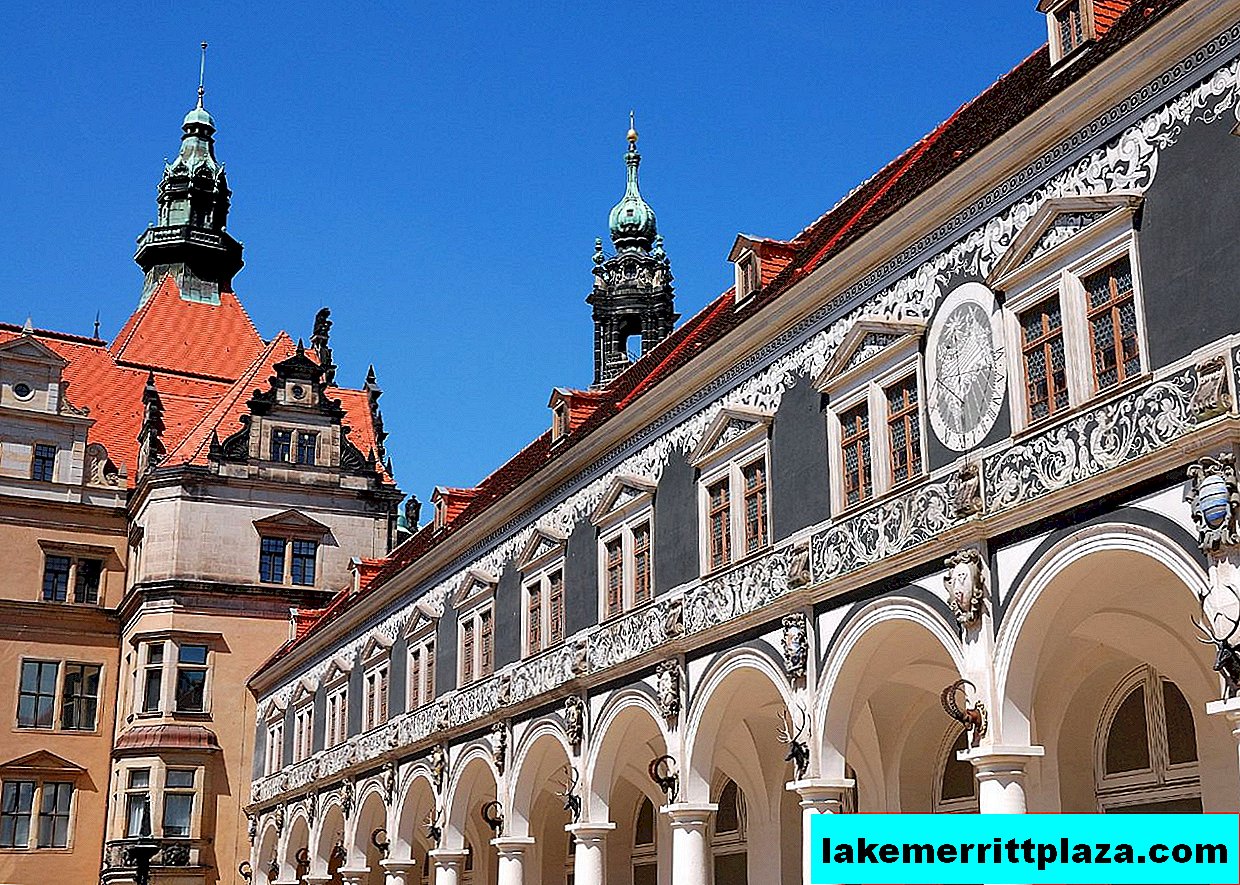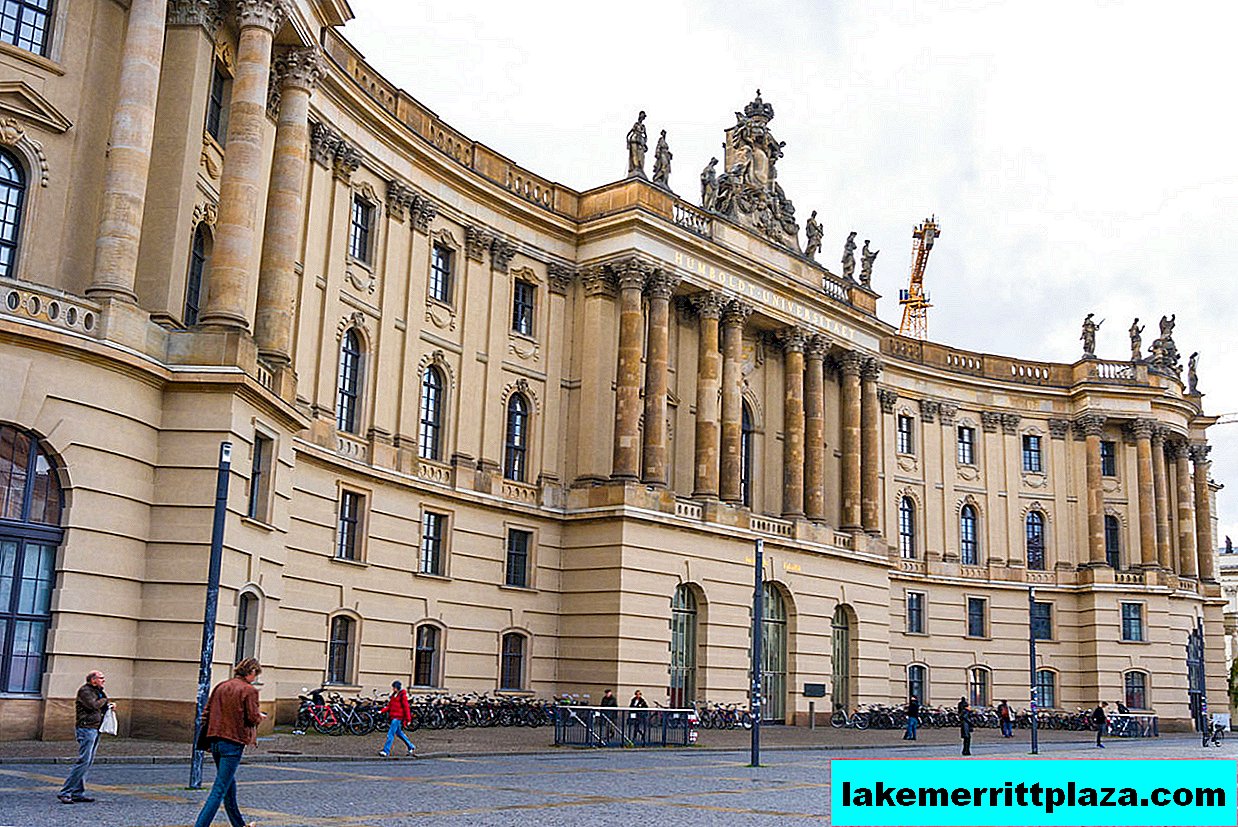There are over 60 catacombs in Rome. This is a system of underground passages, often resembling labyrinths. The wall frescoes in the catacombs are optimistic and filled with faith in resurrection. There is peace and tranquility.

Roman catacombs - antique underground burial, photo peet-astn
About the catacombs
The Catacombs of Rome (Catacombe di Roma) are huge multi-level galleries, intricate passages that encircle and permeate the space under the Eternal City. They arose in the pre-Christian era. Most of the Roman catacombs were created in the early Christian period. In total, more than 60 secret labyrinths were found in the Italian capital (150-170 km long, about 750 thousand burials).
Types of Roman Catacombs
- pagan
- syncretic
- Jewish
- christian
 Catacombs of Priscilla
Catacombs of Priscilla
 Catacombs Callista
Catacombs Callista
 Catacombs Agnes
Catacombs Agnes
 Catacombs of Domitilla
Catacombs of Domitilla
 Catacombs Sebastian
Catacombs Sebastian
 Villa Torlonia
Villa Torlonia
 Catacombs on Via Latina
Catacombs on Via Latina
 Hypogee Vibia
Hypogee Vibia
 Catacombs Ad Decimum
Catacombs Ad Decimum
Christian catacombs
The oldest Christian catacombs in Rome date back to around 107 A.D. The first Roman Christians were persecuted. For rituals and burial of the deceased according to religious canons, believers used abandoned tuff quarries.

The procession in the catacombs of San Callisto
In the dungeons, Christians felt safe. They arranged chapels and burial chambers, dug new labyrinths, expanded existing corridors, made niches in their walls. The width of the underground passages was about 1-1.5 m; the height reached 2.5 m. Niche tombs were arranged on both sides of the corridors, in several tiers. One or several bodies were placed in each recess, then the tombs were bricked up with brick, stone slabs. Exits and ventilation shafts opened from the dungeons onto the streets of Rome.
Since 312, by the will of Emperor Constantine, Christianity was declared a legal religion, the persecution of believers ceased. The catacombs became official and revered burials. By the 5th century, burying underground was stopped, and even many of the remains were transferred to the churches of Rome, the Roman labyrinths fell into disrepair and were forgotten for a long time.
Catacombs of Priscilla

Agapa - "The Meal of Love", which Christians held in the catacombs in memory of the Gospel Last Supper, and where they performed the sacrament of the Eucharist
Ten centuries later - in 1578, during the construction of the Via Salaria, the first underground cemetery was discovered. These were the oldest catacombs of Priscilla in Rome (Catacombe di Priscilla) with funeral chambers of the early Christian martyrs. The aristocrat Priscilla of Rome came from the family of the consul Akilius Glabrio, who owned vast lands on which an underground cemetery was formed.
These catacombs did not plunder the barbarians in the V century, so the burial place is well preserved. It was here that unique examples of early Christian art were discovered, skillful murals depicting the Good Shepherd with fish (the symbol of Jesus), drawings of the Holy Virgin Mary (2nd century AD), wall paintings with Old Testament subjects, scenes of the New Testament. The main attraction of Priscilla's catacombs is Cappella Greca - a room with benches for funeral feasts, with Greek graffiti.

Il Cubicolo della Velata, photo by Martin Conde
There is a woman’s room in a veil in the catacombs (Il Cubicolo della Velata), known for a fresco depicting a praying young woman in a purple dress and white veil. Nearby scenes from her life are registered, and above her head is the Garden of Eden. Image of the second half of the 2nd century and is in good condition.
How to get there
The entrance to the Priscilla Catacombs is located at Via Salaria, 430. It is located next to Villa Ada Park.
From Termini Station, take bus 92 or 310 to the Piazza Crati stop,
from Venezia Square by bus 63 to Piazza Crati.
Then follow via di Priscilla, following the signs.
Working hours
VT-Sun 09:00 - 12:00 and 14:00 - 17:00.
Mon - day off.
Tickets
Full ticket - € 8;
children (7-15 years old) - € 5.
Read more about the Priscilla catacombs on the site.
Catacombs of St. Callist

Entrance to the catacombs of St. Callist, photo kiwioutthere
The largest and most famous underground Christian burial in Rome - the catacombs of St. Callistus (Catacombe di San Callisto) (II-IV centuries), founded by Bishop Callist. A four-level labyrinth with hundreds of thousands of tombs stretches for 12 km. It covers an area of 15 hectares between the old Appian Way, Via delle Sette Chiese and Via Ardeatina. This is a real "city of the dead": in the dungeons of San Callisto several necropolises of different periods are combined. It has its own streets, squares, intersections.

Crypt of dads
In the Little Vatican underground square, 9 Roman popes, who led the church in the 3rd century, rested (16 pontiffs and more than 50 holy martyrs were buried in San Callisto). The most visited place in the catacombs is the crypt of Santa Cecilia - the tomb of the holy martyr Cecilia with well-preserved reliefs, frescoes and mosaics.
The total length of the underground corridors of San Callisto, available today, is about 20 kilometers. Archaeological research has been underway since the mid-19th century, and far from all burial sites have been discovered.
How to get there
The entrance to the Catacombs San Callisto is located at Via Appia Antica, 110/126.
From Termini station you need to go:
- take metro A (direction Anagnina) or take bus 714 (direction Palazzo Sport) to Piazza di S. Giovanni in Laterano. Then take bus 218 to the Fosse Ardeatine stop;
- Take metro B (direction Laurentina) to the Circo Massimo stop.
From Circo Massimo stop or Terme Caracalla / Porta Capena stop by bus 118 (direction Villa Dei Quintili) to Catacombe di San Callisto stop.
Working hours
Thu-VT 09:00 - 12:00 and 14:00 - 17:00.
Wed, Catholic Easter, Christmas and January 1 are weekends.
Tickets
Full ticket - € 8;
children (7-15 years old) - € 5.
More about the catacombs of St. Callista read on the website: catacombe.roma.it
Jewish catacombs

Epitaph with a menorah from the Jewish catacombs, photo by Marie-Lan Nguyen
Jewish catacombs are considered the forerunners of the Christian. They appeared in about the 1st century. BC e. The difference between the Jewish catacombs and the Christian ones is that at first separate crypts appeared, and then they were connected by corridors. Their walls are painted with murals depicting menorah, flowers, animals, but there are no scenes from the Old Testament.
Famous Jewish catacombs
- Graves under Villa Torlonia
Underground burial of Jews III-IV centuries. Mussolini used the villa as a residence. During World War II, a bunker was located in the catacombs. - Vigna apolloni
Memorial rites were held in small rooms, on the walls of which murals were preserved. There are inscriptions in Greek and Latin; there are almost no religious images in Hebrew. - Vigna cimarra
Vaulted niches, Jewish paintings and Hebrew inscriptions distinguish this burial. Skeletons were found in the crypts. - Vigna randanini
The tomb was opened in 1859, but is well preserved. Burials from the beginning of an era. Painting on the ceilings. - Monteverde
Graffiti made in Italian square font in 300 years tells about Jewish history and traditions.
Syncretic catacombs

Syncretic catacombs, photo scoprendoroma.info
Underground temples of syncretic catacombs are distinguished by a mixture of Roman and Greek philosophy with Christianity. There is speculation that this is the burial place of the Gnostic sect.
Known syncretic catacombs:
- Underground Basilica near Termini Station
Discovered in 1917. In the 1st century BC e. it was used as a meeting place for the Neo-Pythagoreans. Known for plaster reliefs. - Hypogey Aureliev
Underground tunnels opened in 1919. Frescoes are preserved on the walls, and mosaics on the floor. The catacombs were originally two-story. Upper - a spacious hall overlooked the surface. Lower - several mirrored rooms went underground. - Hypogee Trebius Justus
Religious frescoes and symbolic paintings are well preserved in the catacombs. - Hypogee Vibia
Catacombs in the territory of the villa Kazali. These are 8 underground rooms decorated with frescoes depicting Jupiter, Sabatius, Hermes, Psychopomp, animals and scenes from religious books.
Catacombs on Via Latina (Catacomba di Dino Compagni)

Catacombs Santi Gordiano ed Epimaco, photo by sconosciuto
Catacombs were found in 1955. These are rich private burials. It is possible that both the pagan and the Christians were buried in them (about 400 burials). The wall paintings depict scenes from the Old and New Testaments in the new iconography.
Famous catacombs:
- Aproniano
Excavations are still underway. The pagan and representatives of the early Christian denomination are buried. - Graves on Via Latina
1000 graves found in 1955. During the construction of the railway lines, many were destroyed. - Hypogeeus Cava della rossa
Burials of members of wealthy families. There are several two-level galleries in the catacombs. - Ad Decimum
The tomb was opened in 1905. These are 5 galleries at different levels. - Santi Gordiano ed Epimaco
People of different faiths are buried. Catacombs are multi-level.
How do I save on hotels?
Everything is very simple - look not only at the booking. I prefer the search engine RoomGuru. He is looking for discounts at the same time on Booking and on 70 other booking sites.








